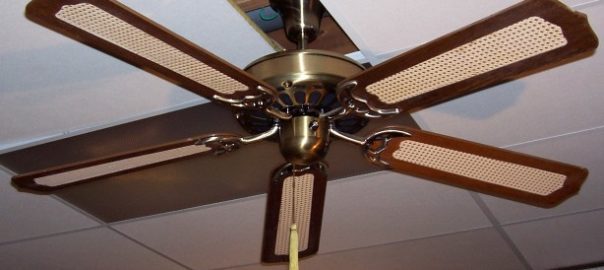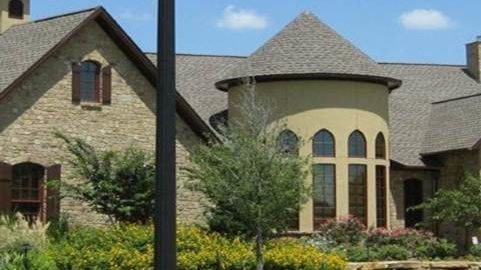Ever wonder why you have a headache at the end of a day at the office?
It could be your boss again, but if it happens every day, there’s a good chance improper lighting is the culprit.
Somewhere along the way, we decided that bright, overhead fluorescent lights were the only way to light a common area. School and corporate office buildings are the worst offenders, and it greatly affects the productivity of everyone in the building.
So, what are some good lighting solutions for a workspace? Here are some things to consider:
Maximize Natural Light
Big windows are the best source of light available. Natural light is brighter than artificial light, but sunshine has the added benefit of enhancing workers’ moods.
Natural light also saves energy, making it the best economic choice, too.
Muted Overhead Light
Obviously, you can’t survive in an office on natural light alone.
When choosing overhead lighting, skip the big, buzzing fluorescent lights and opt instead for softer light fixtures. Not only does this add personality to your office, it reduces the harshness of overhead lights.
Task Lighting
In addition to natural light and soft overheads, task lighting for individual employees is essential. Lamps placed around an office and on employees’ desks will allow them to control the lighting they need.
Soft, But Not Too Soft
The name of the lighting game is balance.
The default of many office buildings is too much overhead, artificial light. That much light strains the eyes, but so does going too soft. Play around with different lighting options until you strike just the right balance for your employees and work tasks.
Need help designing the perfect light for your office? Give us a call a Schaffhouser Electric, and we’ll talk through all of your options with you.









